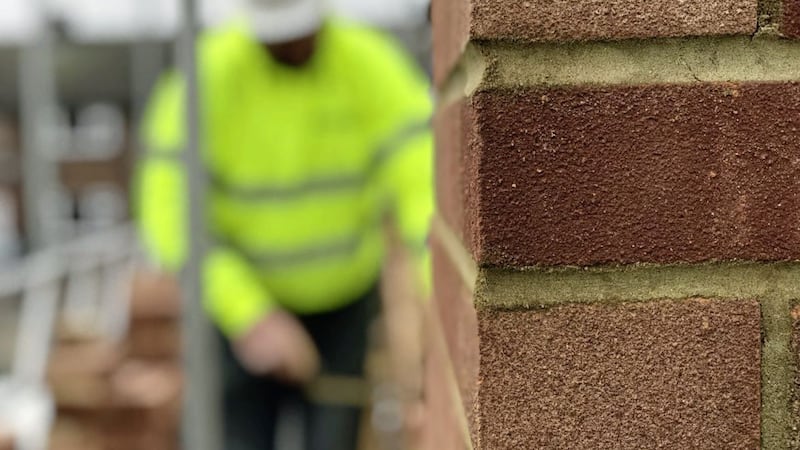QUESTION: After a period of significant and sustained growth for my business, I believe we have outgrown our current premises. I have heard that it can be more tax efficient to build a new facility from scratch rather than renovating existing buildings to suit our growing requirements. Is this correct?
ANSWER: Prior to the UK Government’s Budget during 2018, most capital expenditure incurred on commercial premises did not qualify for any tax reliefs. Capital allowances, a useful tax relief for businesses, was aimed at assets which qualified as plant or machinery under tax legislation. Expenditure on assets qualifying for capital allowances (such as equipment, machinery, or business vehicles) enables a business to deduct some or all of the value of the capital items from its profits before it pays tax.
However, a much-welcomed change to the capital allowance rules came into effect on July 5 2019 when the UK government announced a new relief known as Structures and Buildings Allowance (SBA).
Whilst these rules came into effect, SBA’s can be claimed retrospectively to all qualifying expenditure under contracts which had been entered into on or after October 29 2018.
SBA’s are intended to support business investment through the construction of new structures and buildings. However, it is important to note that the relief also covers the renovation or conversion of existing structures.
Originally, the SBA allowed for a 2 per cent writing down allowance on certain costs over a 50 year period. However, the rate of relief was increased to 3 per cent from April 2020 meaning that full relief can now be obtained over 33 and 1/3rd years.
SBA’s differ to other capital allowances in that it provides an annual flat rate deduction against taxable profits based on the total amount of qualifying expenditure incurred (rather than being claimed on a reducing balance). The business will also not have to calculate balancing charges or allowances on any subsequent disposal of the building or structure as any SBA’s claimed by the vendor will be added to the proceeds of sale when calculating the gain on the disposal of the asset. Any remaining years of the 33 and 1/3rd period will pass to the purchaser so that they can make their own SBA claim going forward.
Qualifying expenditure for the purposes of the SBA, broadly, relates to the amount of direct costs incurred in the construction, renovation or conversion of commercial structures and buildings. This can include design fees, preparing the site for construction and the actual construction costs itself. It also includes the costs of purchasing the relevant interest in the structure or building.
In addition, the building or structure must be in non-residential use for the purpose of a “qualifying activity” carried out by the person who has a relevant interest in the structure or building. A relevant interest does include taking a lease over the structure or building but the position is more complex with leases. In general, qualifying activities relates to trades. UK or overseas property businesses may also be deemed a qualifying activity in certain circumstances.
Specifically excluded expenditure includes costs related to the acquisition of land, land reclamation and remediation, landscaping and altering of land (unless altered for preparing land for a building or structure). Costs incurred on plant and machinery are also specifically excluded but these may qualify for other capital allowance reliefs.
Therefore, tax relief should be available on all qualifying capital expenditure incurred on your new facility whether you decide to construct a new structure or building or renovate an existing facility. The SBA has proven to be a useful tax relief for anyone carrying out a commercial project to help grow their business and early advice from your accountant or tax advisor is recommended to ensure all reliefs are maximised.
Feargal McCormack (f.mccormack@pkffpm.com) is managing director of PKF-FPM Accountants (www.pkffpm.com). The advice in this column is specific to the facts surrounding the question posed. Neither the Irish News nor the contributors accept any liability for any direct or indirect loss arising from any reliance placed on replies.








